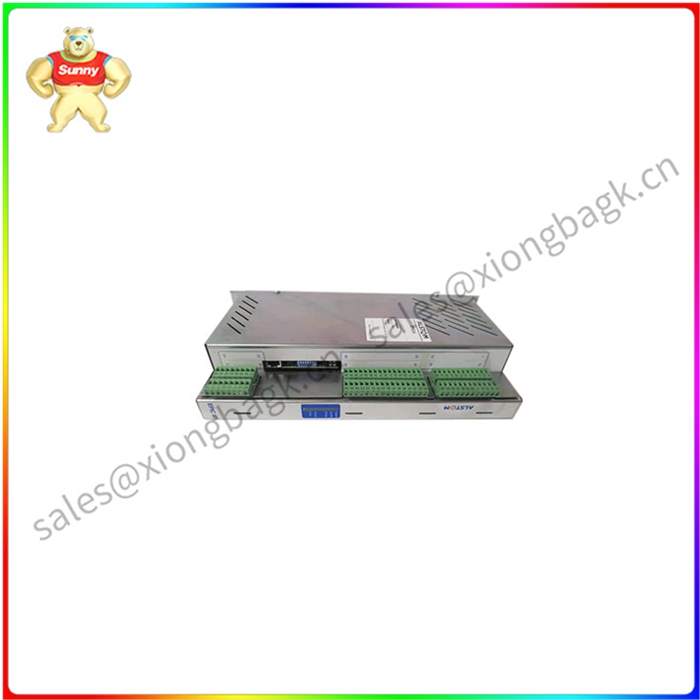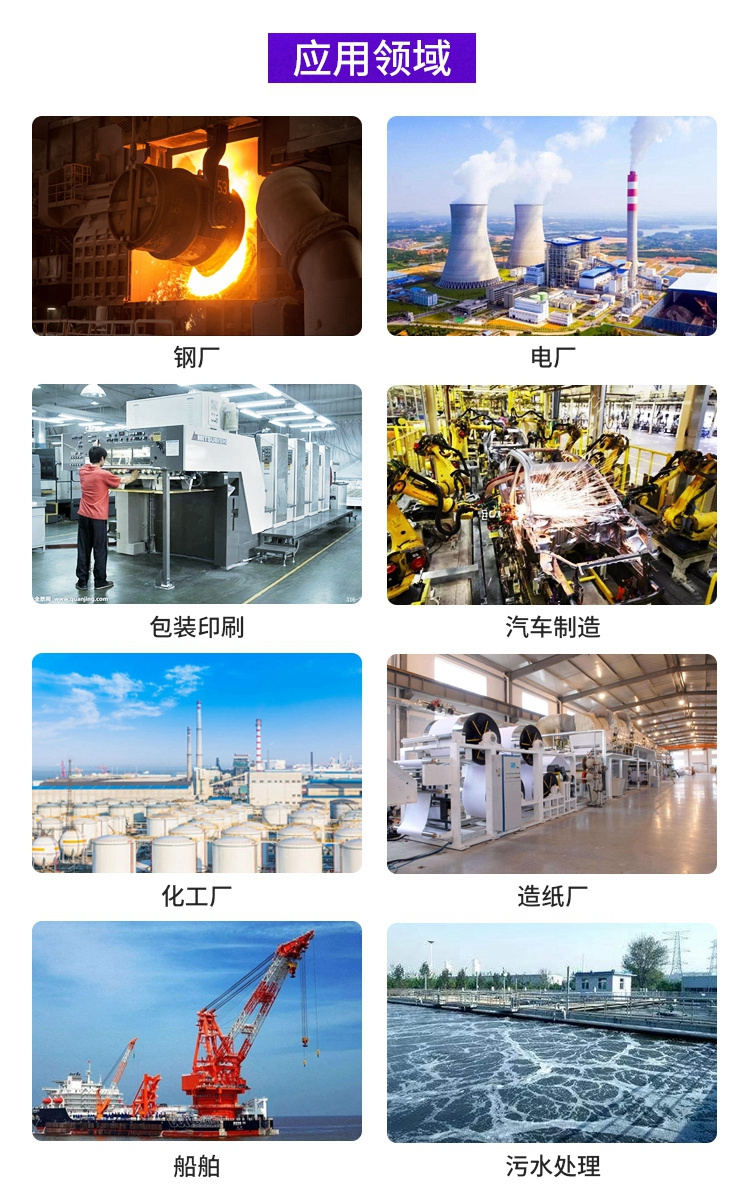EP3-E-4-A 阿尔斯通控制器模块
主要特点:
先进的控制算法:EP3-E-4-A模块采用先进的控制算法来优化ESP性能,确保高效除尘并符合排放标准。
实时监控:实时它提供对关键 ESP 参数的实时监控,如电压,电流、权力和放电电极间隙,使操作员能够做出明智的决策并保持zui佳运行。
全面诊断:该模块提供全面的诊断功能,识别 ESP 系统中的潜在问题和故障,促进预防性维护并zui大限度地减少停机时间。
通信接口:它具有通信接口,包括以太网和 RS-485,可与监控和数据采集 (SCADA) 系统以及集中监控网络无缝集成。
坚固的结构: EP3-E-4-A 模块专为恶劣的工业环境而设计,可承受极 端温度、振动、和电气噪声。
应用:
发电:EP3-E-4-A模块广泛应用于发电厂,控制烟气净化系统中的排烟电器,以去除燃煤和其他燃烧过程中的有害颗粒物。
工业流程:它可以在各种工业过程中得到应用,如水泥制造,钢铁生产,和化学制造,使用ESP来控制粉尘排放和保持空气质量。
环境保护:该模块通过确保工业过程中的高效除尘,在环境保护方面发挥着关键作用。有助于清洁空气和减少对环境的影响。
好处:
增强的 ESP 性能:EP3-E-4-A 模块的先进控制算法和实时监控功能有助于增强 ESP 性能,提高除尘效率,减少排放。
提高系统可靠性:该模块具有全面的诊断功能和坚固的结构,可识别潜在问题并确保在恶劣的工业环境中运行,从而提高系统可靠性。
降低维护成本:模块的诊断功能支持预防性维护,可以降低维护成本,并zui大限度地减少计划外停机时间。
环境合规:通过确保高效除尘和减少排放,EP3-E-4-A模块有助于实现环境合规和更清洁的空气质量。
与SCADA系统集成:通信接口便于与SCADA系统集成,实现跨多个设施对 ESP 的集中监控和控制。
考虑因素和挑战:
正确的系统配置:确保正确的系统配置和参数设置,以匹配特定的 ESP 和工艺要求。
定期维护和校准:实施定期维护和校准程序,以保持模块的准确性和可靠性。
与ESP系统的兼容性:确保与特定 ESP 系统和控制组件的兼容性,以避免兼容性问题或性能下降。
通信协议集成:仔细地将模块的通信协议与现有的SCADA系统集成,以确保无缝的数据交换。
环境考虑因素:考虑工作温度范围,湿度和环境的振动水平,以选择合适的模块型号。

EP3-E-4-A 阿尔斯通控制器模块
Main features:
Advanced control algorithms: The EP3-E-4-A module uses advanced control algorithms to optimize ESP performance and ensure efficient dust removal and compliance with emission standards.
Real-time monitoring: Real-time It provides real-time monitoring of key ESP parameters such as voltage, current, power, and discharge electrode gap, enabling operators to make informed decisions and maintain optimal operation.
Comprehensive Diagnostics: This module provides comprehensive diagnostic capabilities to identify potential problems and failures in the ESP system, promoting preventive maintenance and minimizing downtime.
Communication interface: It has communication interfaces, including Ethernet and RS-485, for seamless integration with supervisory control and Data acquisition (SCADA) systems and centralized monitoring networks.
Rugged construction: The EP3-E-4-A module is designed for harsh industrial environments and can withstand extreme temperatures, vibration, and electrical noise.
Applications:
Power generation: The EP3-E-4-A module is widely used in power plants to control exhaust appliances in flue gas purification systems to remove harmful particles from coal burning and other combustion processes.
Industrial processes: It can be applied in various industrial processes, such as cement manufacturing, steel production, and chemical manufacturing, using ESP to control dust emissions and maintain air quality.
Environmental protection: This module plays a key role in environmental protection by ensuring efficient dust removal in industrial processes. Helps clean the air and reduces environmental impact.
Benefits:
Enhanced ESP performance: The EP3-E-4-A module's advanced control algorithms and real-time monitoring capabilities help enhance ESP performance, improve dust removal efficiency, and reduce emissions.
Improved system reliability: With comprehensive diagnostic capabilities and robust construction, the module improves system reliability by identifying potential problems and ensuring operation in harsh industrial environments.
Reduce maintenance costs: The module's diagnostic capabilities support preventive maintenance, which can reduce maintenance costs and minimize unplanned downtime.
Environmental Compliance: By ensuring efficient dust removal and reduced emissions, the EP3-E-4-A module contributes to environmental compliance and cleaner air quality.
Integration with SCADA systems: The communication interface facilitates integration with SCADA systems for centralized monitoring and control of ESP across multiple facilities.
Considerations and challenges:
Correct system configuration: Ensure correct system configuration and parameter Settings to match specific ESP and process requirements.
Regular maintenance and calibration: Implement regular maintenance and calibration procedures to maintain module accuracy and reliability.
Compatibility with the ESP system: Ensure compatibility with specific ESP systems and control components to avoid compatibility issues or performance degradation.
Communication Protocol Integration: The module's communication protocol is carefully integrated with the existing SCADA system to ensure seamless data exchange.
Environmental considerations: Consider the operating temperature range, humidity and vibration level of the environment to select the right module model.






 QQ在线客服
QQ在线客服